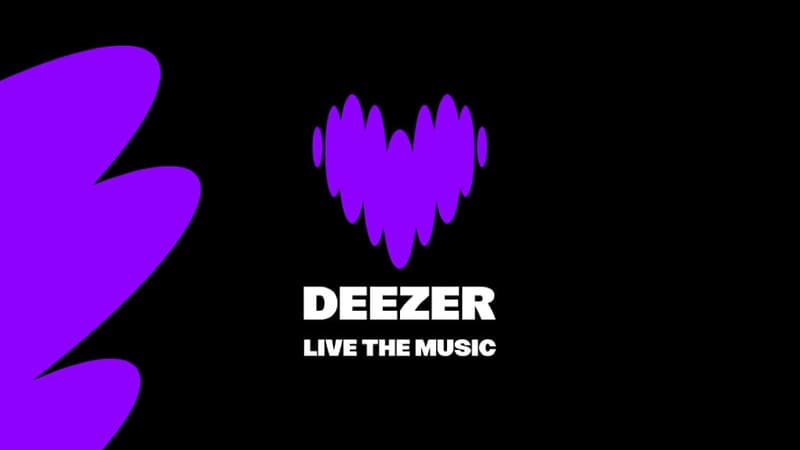A new way of controlling algorithm. The Deezer musical transmission platform led the veil this Wednesday during a press conference, in the next features that will integrate its application. He adds that they emphasize the customization of the user experience.
Matthieu Gorvan, director produced in Deezer, explains that “the user takes control of his algorithm” and that he can “understand how his flow works.” The flow is a thematic playlist generated by an algorithm based on the user’s history and preferences. The application will soon integrate several tools to optimize the recommended music.
The button “I don’t like”
Deezer chooses to integrate a “I don’t like” button in its interface. Actually, the tool works more as a “no longer recommend” button as you can find on YouTube or in a blacklist.
“The button gives the signal to the algorithm that we do not like the content,” says Alexis Czornomaz, vice president produced in Deezer. When clicking on it, the user can choose if he no longer wants to be recommended by music or the artist in his future reproduction lists generated by an algorithm.
This button only influences the user algorithm and does not affect the musical recommendations of other accounts on the platform. It also integrates into another much larger tool that allows you to “manage your recommendations.”
Manage your recommendations
Deezer will integrate an option that allows you to see and modify the parameters that influence the user algorithm. This has happened from a tab “Manage my recommendations” that is divided into two tabs, “inclusive” and “excluded”. These two lists serve as a database in Deezer when you have to recommend new music in a playlist.
At night, we use his phone to put music and one of his friends decides to move on to all the Beatles. The next day, we now recommend the Beatles in all your playlists without you wanting it.
In the “inclusive” tab, all movies, albums and artists liked or listened several times. Beatles can be manually eliminated from the “inclusive” list, we are less likely to recover them in generated reproduction lists.
On the contrary, he accidentally pressed the “I don’t like” button in a Taylor Swift title. Therefore, it has completely disappeared from its reproduction lists.
In the “Excluded” tab, we found in particular the titles and artists that the user left aside through the “I don’t like” button. If Taylor Swift is eliminated from the “excluded” list, it can reappear on our playlist.
The current limits of this functionality reside in its navigation. It is not yet possible to find and eliminate through a search bar all the pieces of the beatles that affect our recommendations. They will have to be found manually on the “inclusive” list.
Other tools to come
Through this type of tool, Alexis Lanternier, general director of Deezer, explains to want “to give more transparency in all indicators used in the algorithm.”
The launch of these characteristics is planned “in the coming weeks.” It will be accompanied by other innovations, such as the personalization of its interface, the creation of Playlist Pocket, Monthly Inbriefs or the possibility of sharing titles with users of other platforms such as Spotify, YouTube Music or Apple Music.
The company wants to offer unprecedented characteristics to its 10 million subscribers, while competition on musical platforms is difficult. The leader in the sector is undoubtedly the Swedish spotify with more than 250 million subscribers.
Source: BFM TV


